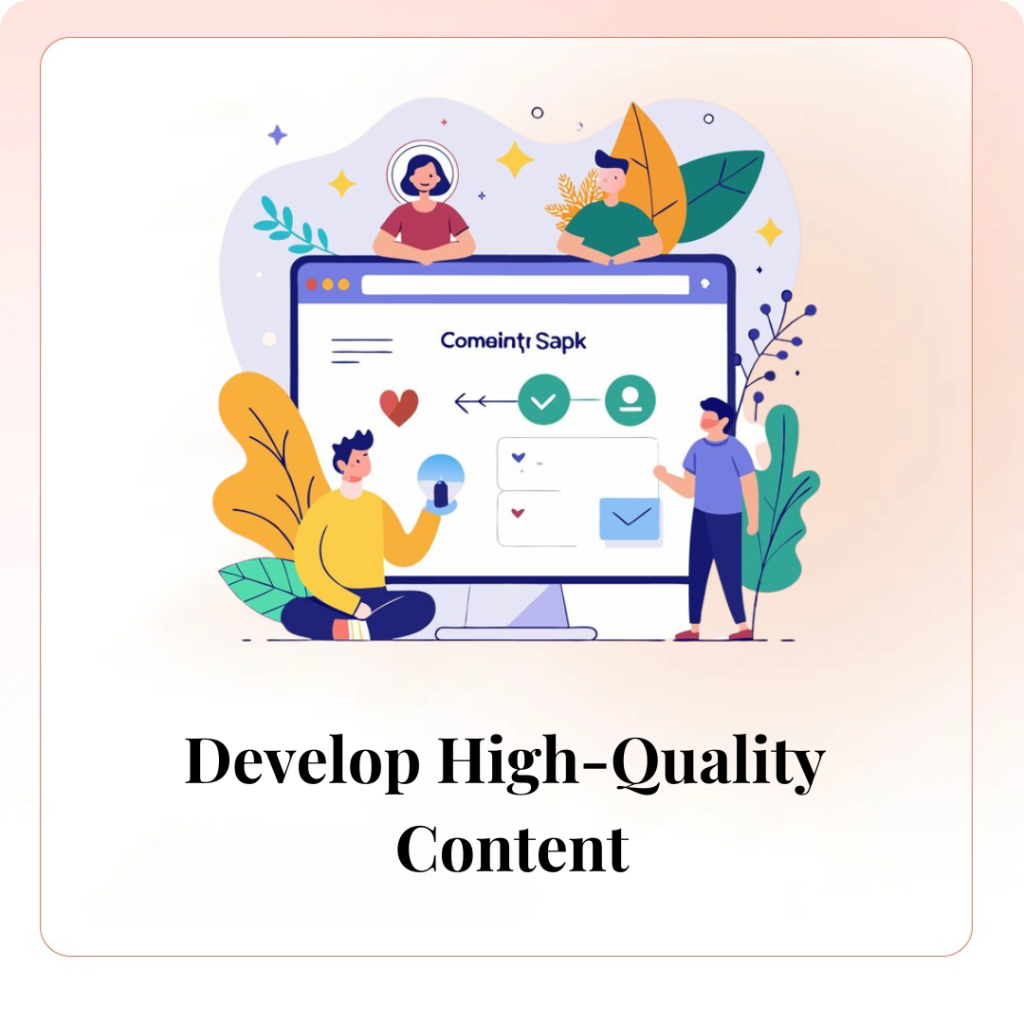Back
In the ever-evolving technology sector, brand loyalty is a coveted asset that can drive long-term success. A well-crafted SEO strategy is crucial for achieving this goal, as it helps establish your tech brand as a trusted authority and engages your audience effectively. This guide will walk you through essential steps to create a winning SEO strategy that fosters brand loyalty in the technology sector.
To build brand loyalty, you must first understand who your audience is and what they need. Conduct detailed audience research to identify their pain points, interests, and search behaviors. Utilize tools like Google Analytics and surveys to gather insights. This understanding will help you tailor your SEO strategy to address their specific needs and preferences.


Keyword research is the foundation of any successful SEO strategy. Focus on identifying both short-tail and long-tail keywords relevant to the technology sector. Long-tail keywords, in particular, can help you target niche topics and attract more qualified leads. Use tools like SEMrush or Ahrefs to find keywords that your audience is searching for and integrate them into your content.
Content is a powerful tool for building brand loyalty. Create high-quality, informative content that addresses the challenges and interests of your target audience. This can include blog posts, whitepapers, case studies, and how-to guides. Ensure your content is well-researched, engaging, and provides real value. Regularly update your blog and resources to keep your audience informed about the latest trends and innovations in technology.


On-page SEO involves optimizing various elements on your website to improve search engine rankings and user experience. Focus on the following:
Backlinks from authoritative websites signal to search engines that your content is credible and valuable. Focus on acquiring high-quality backlinks from industry-leading sites, tech blogs, and influencers. You can achieve this through guest blogging, press releases, and outreach campaigns. Building a strong backlink profile enhances your website’s authority and helps retain user trust.


seamless user experience is crucial for retaining visitors and building brand loyalty. Ensure your website is fast, mobile-friendly, and easy to navigate. Use tools like Google PageSpeed Insights to test and improve your site’s performance. Additionally, provide clear calls-to-action (CTAs) and make it easy for users to find the information they need.
Social media platforms are valuable channels for promoting your content and engaging with your audience. Share your blog posts, articles, and updates on platforms like LinkedIn, Twitter, and Facebook. Interact with your followers, respond to their queries, and participate in relevant discussions to build a loyal online community.


Regularly monitor your SEO performance using tools like Google Analytics and Google Search Console. Track metrics such as organic traffic, bounce rates, and conversion rates to assess the effectiveness of your strategy. Based on these insights, make data-driven adjustments to continuously improve your SEO efforts and maintain brand loyalty.
Creating a winning SEO strategy for brand loyalty in the tech sector requires a comprehensive approach that includes understanding your audience, conducting thorough keyword research, developing high-quality content, optimizing on-page SEO, building backlinks, enhancing user experience, leveraging social media, and monitoring performance. By implementing these strategies, you can establish your tech brand as a leader in the industry and foster lasting relationships with your audience.
This website stores cookies on your computer. Cookie Policy

